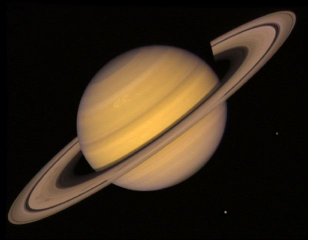![Apple ][ in common 1977 configuration with 9'' monochrome monitor, game paddles, and Red Book recommended Panasonic RQ-309DS cassette deck Apple II typical configuration 1977.png](https://upload.wikimedia.org/wikipedia/commons/thumb/9/98/Apple_II_typical_configuration_1977.png/300px-Apple_II_typical_configuration_1977.png) Apple ][ in common 1977 configuration with 9'' monochrome monitor, game paddles, and Red Book recommended Panasonic RQ-309DS cassette deck
Apple ][ in common 1977 configuration with 9'' monochrome monitor, game paddles, and Red Book recommended Panasonic RQ-309DS cassette deck
By 1976, Steve Jobs had convinced the product designer Jerry Manock (who had formerly worked at Hewlett Packard designing calculators) to create the "shell" for the Apple II—a smooth case inspired by kitchen appliances that concealed the internal mechanics.[5] The earliest Apple II's were assembled in Silicon Valley, and later in Texas;[8] printed circuit boards were manufactured in Ireland and Singapore. The first computers went on sale on June 10, 1977[9][10] with a MOS Technology 6502 microprocessor running at 1.022,727 MHz (2⁄7 of the NTSC color carrier), two game paddles[11] (bundled until 1980, when they were found to violate FCC regulations),[12] 4 KiB of RAM, an audio cassette interface for loading programs and storing data, and the Integer BASIC programming language built into the ROMs.
Orphan is a 2009 American psychological horror film directed by Jaume Collet-Serra and starring Vera Farmiga, Peter Sarsgaard, and Isabelle Fuhrman. The film centers on a couple who, after the death of their unborn child, adopt a mysterious nine-year old girl.
Orphan was produced by Joel Silver and Susan Downey of Dark Castle Entertainment and Leonardo DiCaprio and Jennifer Davisson Killoran of Appian Way Productions and was released theatrically in the United States on July 24, 2009.
The film received mixed critical reviews although Fuhrman's performance as Esther was acclaimed.
 SaturnSaturn is the sixth planet from the Sun and the second-largest in the Solar System, after Jupiter. It is a gas giant with an average radius of about nine times that of Earth.[20][21] It only has one-eighth the average density of Earth; however, with its larger volume, Saturn is over 95 times more massive.[22][23][24] Saturn is named after the Roman god of wealth and agriculture; its astronomical symbol (♄) represents the god's sickle.
SaturnSaturn is the sixth planet from the Sun and the second-largest in the Solar System, after Jupiter. It is a gas giant with an average radius of about nine times that of Earth.[20][21] It only has one-eighth the average density of Earth; however, with its larger volume, Saturn is over 95 times more massive.[22][23][24] Saturn is named after the Roman god of wealth and agriculture; its astronomical symbol (♄) represents the god's sickle.
| Sargon II afer 1.c4 | |||||||
| Sargon I chessboard | |||||||